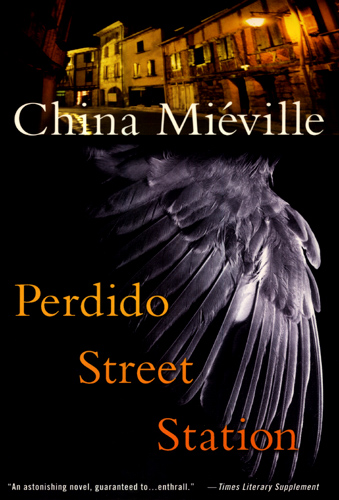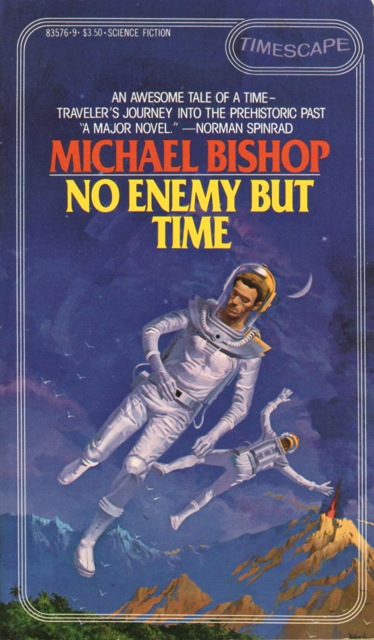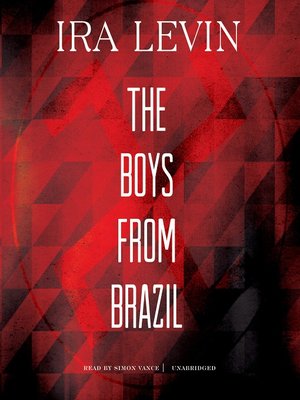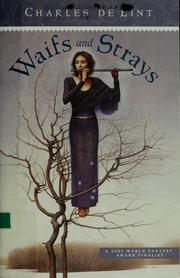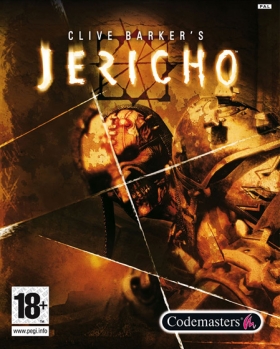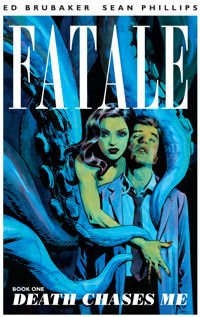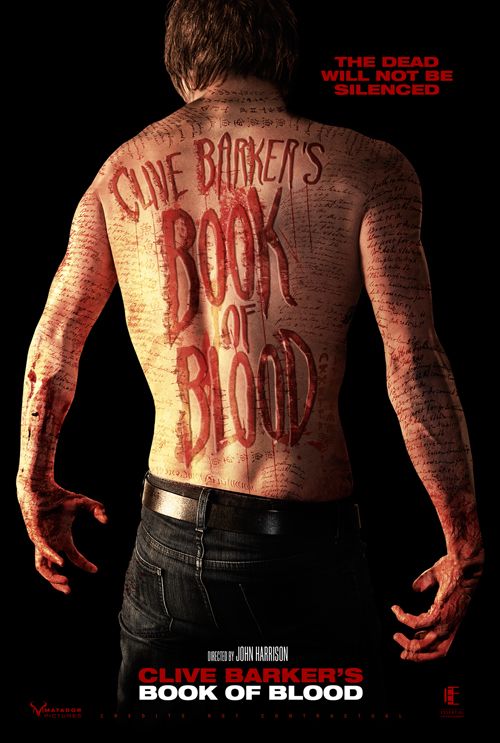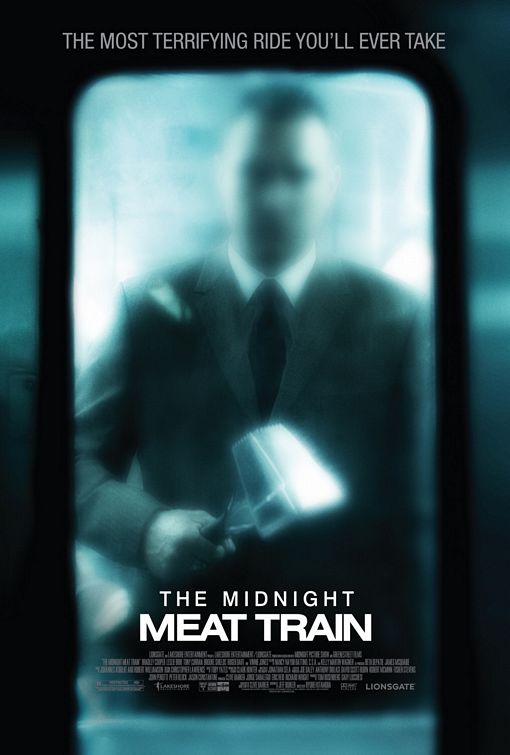When reviewing a China Mieville novel I often find it's pretty hard to find an easy place to begin...
Should I begin with the city, New Crobuzan, and it's bizarre collection of neighbourhoods, rail stations, victorian-era technology, mangic, and a large number of aliens?
Maybe with the novel's protagonists; the scientist, the artist, and the exile?
Or perhaps with the villains of the piece, an ancient race of creatures that quickly found their way around my understanding of the term "vampire" and left me literally shuddering as I read how they feed...
Although only his second novel, this was my fifth novel by Mieville, after The City and the City, King Rat, Kraken, and Embassytown.
As with the others I can best describe the novel as immersive; while reading it I found myself staggered by the amount of world-building that had to go into it and the characters all felt like living, breathing people, with their own hopes, desires and fears.
This novel is actually the first of three set in Bas-Lag, the world in which New Crobuzan exists, and it definitely has me looking forward to reading it's two follow ups, The Scar and Inron Council.
Simply put, books like this are why I read fantasy fiction.
Breaking the Silence
5 months ago




















